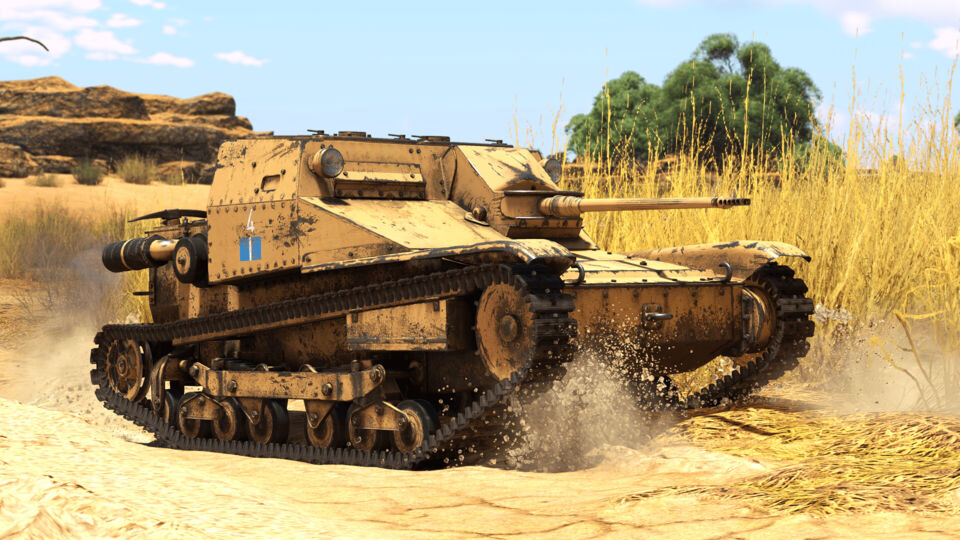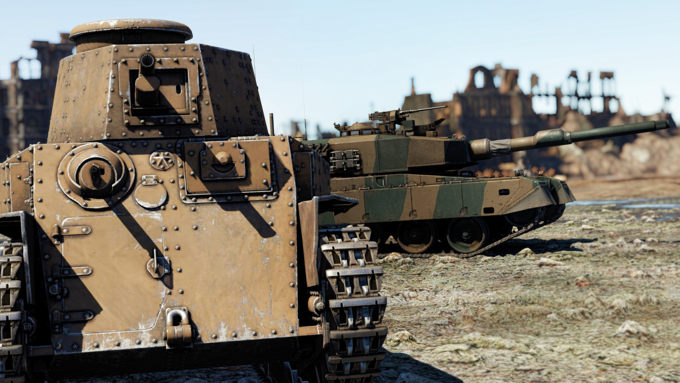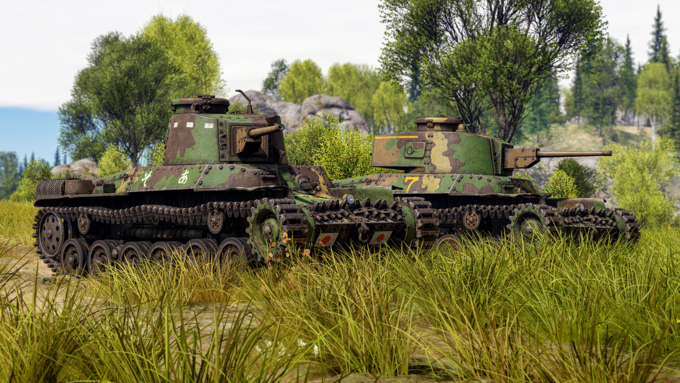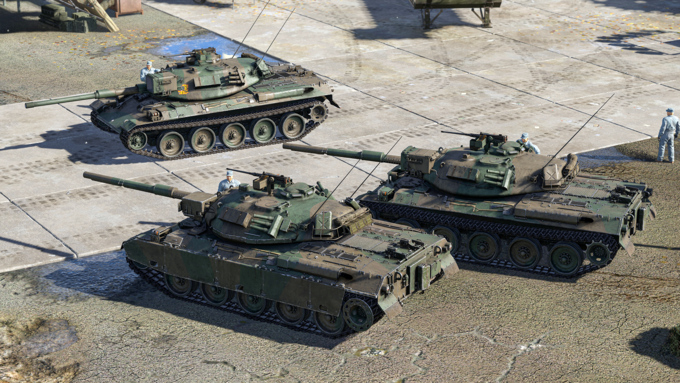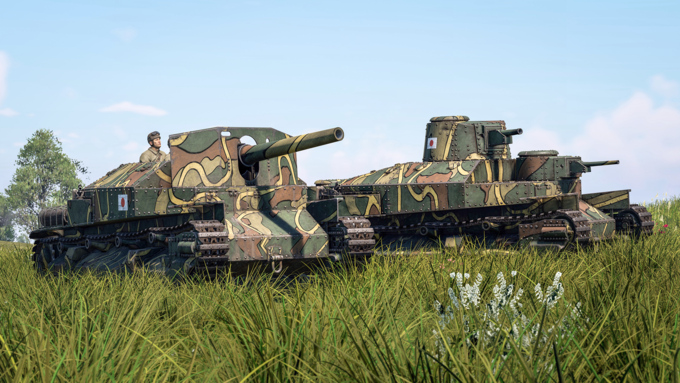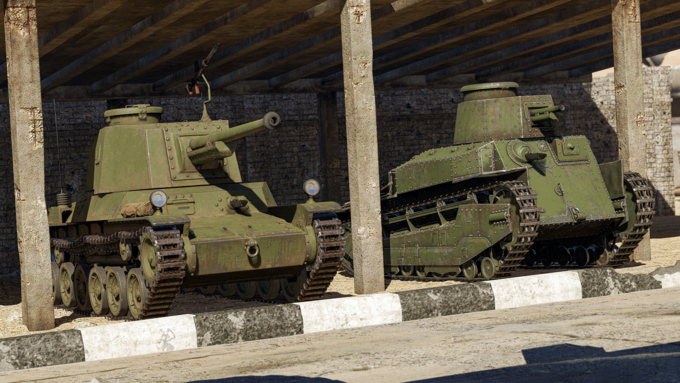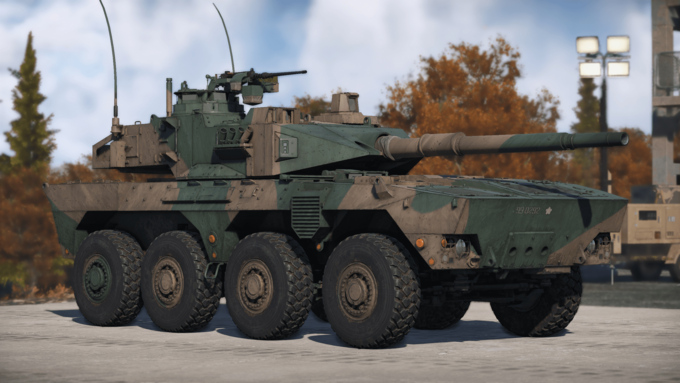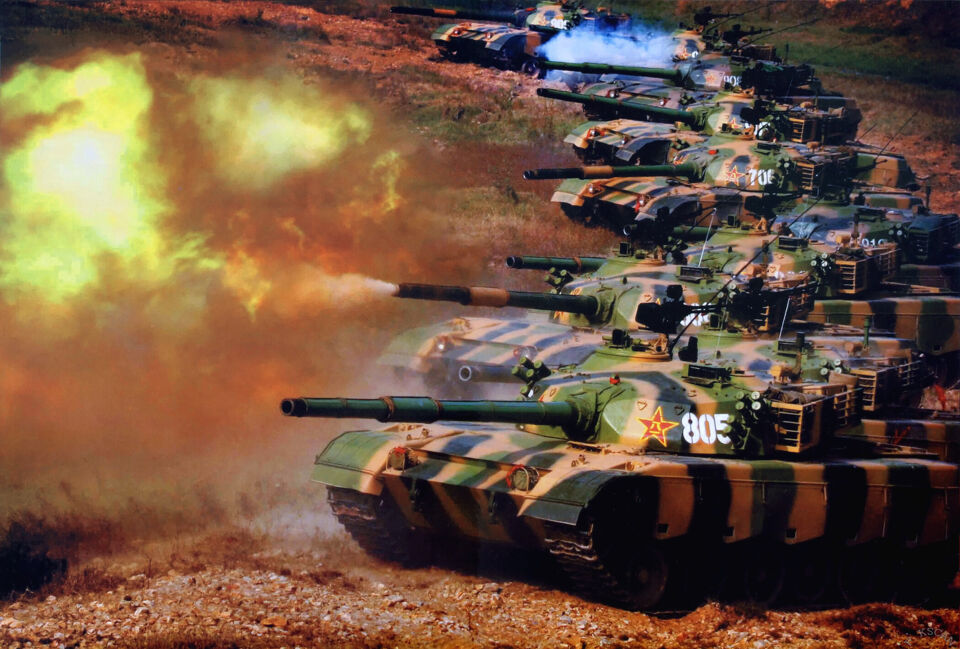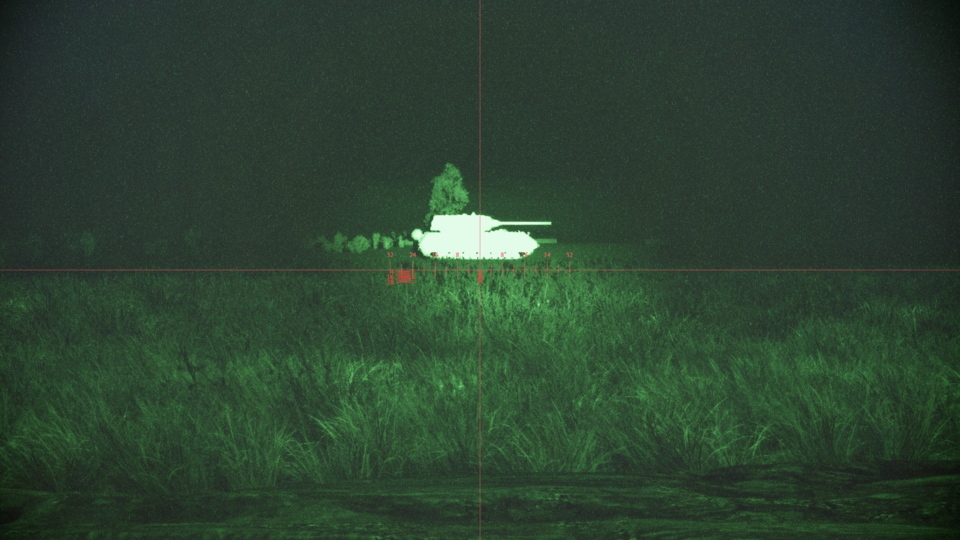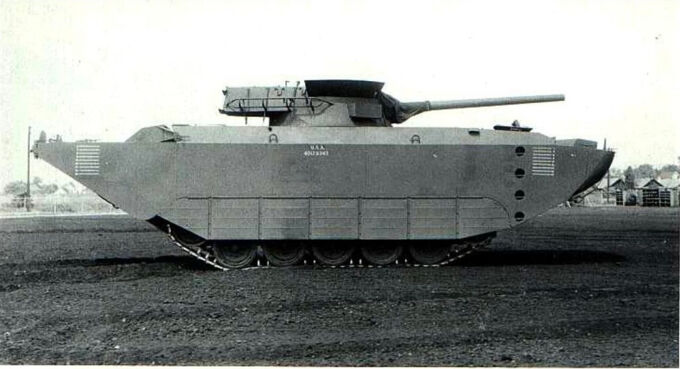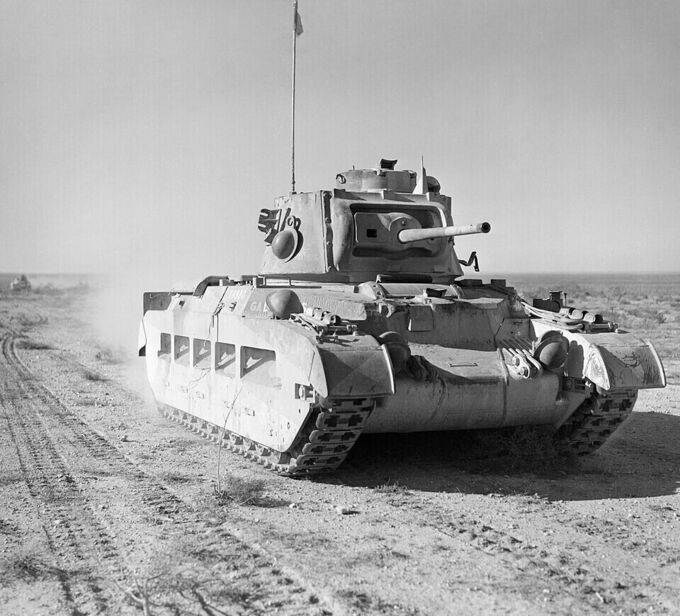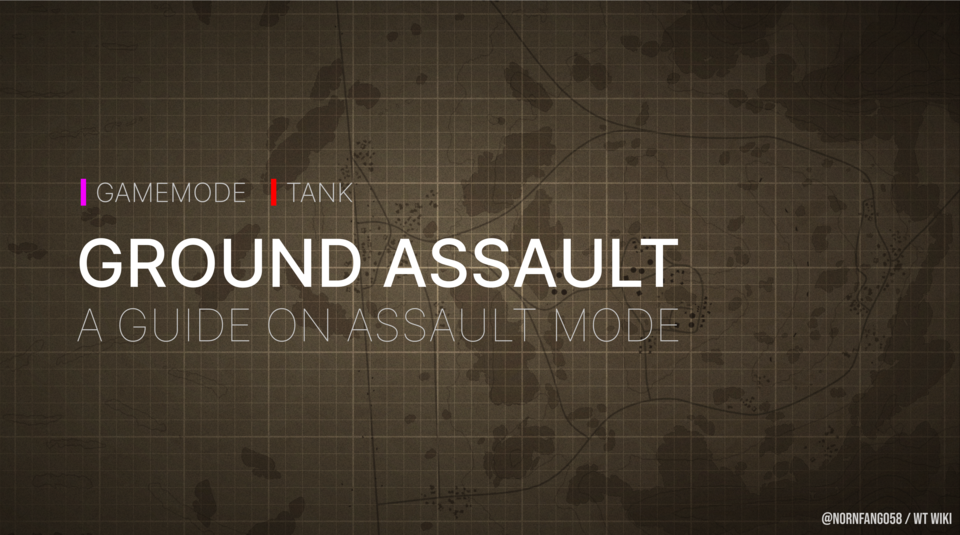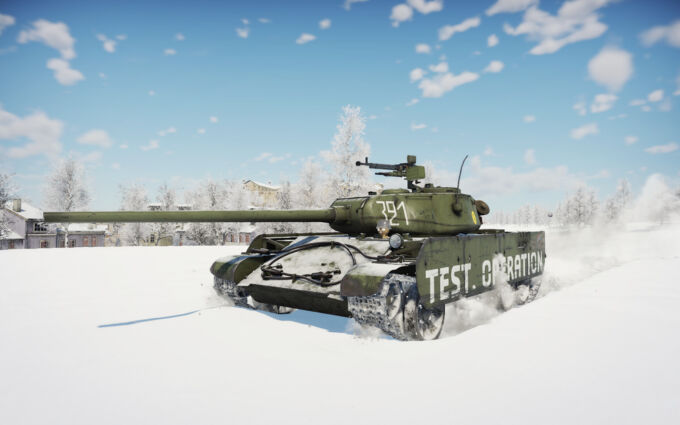Ground Vehicles
It's been underestimated. It's been involuntarily towed around. It's been crushed by many Mauses. It's been made a meme by the War Thunder community, but at the same time, it's a fan favorite. However, when has anyone actually played it competitively? In today's post, I'm going to explain to you how to actually play the venerable L3/33 CC, a Rank I Italian tank destroyer. I'll go over its performance, strengths and weaknesses, and give you some pointers on how to play it in Ground RB.
The development of Japanese armoured vehicles began like many other industrial nations, inspired by the pioneering tanks of World War I. Domestic production started in the late 1920s, with Japan's tanks battle-tested during the Sino-Japanese conflict and the early Pacific campaigns of the 1930s. However, stagnation set in due to budget cuts and turmoil in tactics, leaving Japan's tank forces outdated by World War II. Development in the 1940s was largely defensive, and the tanks on the frontlines were from the 1930s, giving a false impression of Japan’s capabilities. After the war, Japan relied on U.S. equipment until regaining sovereignty, when development resumed. Since the 1950s, Japanese tanks have embraced NATO principles while incorporating unique innovations, focusing on advanced, defence-oriented designs to maintain a robust self-defence force.
The ZTZ96 is China’s most advanced second generation main battle tank (MBT). But its history actually extends well before the ZTZ96 actually appeared and its development history is extremely messy (not that any tank development project is ever neat), filled with several weird prototypes and secretive vehicles. So, let’s take a look at the history of this tank’s development, its main variants, and all of those weird 1-off prototypes that never made it to production.
Update 1.91 "Night Vision" added Night Vision Devices (NVDs) to a number of high tier tanks and helicopters. These devices provide a significant advantage in the now more common night battles. Two types of night vision devices were added, image intensifiers and thermal imaging systems. In addition infrared (IR) searchlights were added to tanks which historically had them.
The Archer was one of the most unusual tanks of World War II, developed and produced by Britain. It was based on the chassis of the Valentine infantry tank and armed with the 17-pounder anti-tank gun. What made the Archer unique was that its gun faced the rear of the vehicle, meaning the tank often had to be reversed into firing position. Approximately 665 units were built.
The LT vz.38 was a light tank originally from Czechoslovakia and built by Škoda and ČKD. A total of at least 6,919 examples were built, including pre-war and licensed models in every imaginable configuration. Following the German occupation of Czechoslovakia in 1939, the German Reich captured plans, production equipment, and some examples of the LT vz.38 that had not yet been deployed in the Czech army and renamed them the Pz. 38(t). Later, a licensed version, along with some examples, was sold to Sweden, who renamed it the Stridsvagn m/41 and slightly modified it. The Pz. 38(t) was used by Germany throughout World War II and also influenced several other tank designs, including the German E-series.
Ground Assault is a cooperative PvE gamemode where players defend a capture zone against waves of AI-controlled enemies while using tanks and various aircraft. This gamemode offers players an easy way to earn Silver Lions and Research Points, making it a relatively beginner-friendly option for newer players. This guide explores the mechanics of Ground Assault, provides a list of vehicles used by enemy AI units, and offers a detailed breakdown of the layouts for all 7 maps.
The T-44-100 is a late WWII-era Soviet medium tank. It features a well-rounded armor profile that is comparable to the later T-54 series of tanks, and sports a heavy armament that is roughly equivalent to the US T15E1 and the German KwK43. Surprisingly, it even has mobility better than its predecessor, the T-34-85! These features grant the T-44-100 great sniping and flanking abilities, letting it excel in all situations regardless of engagement ranges. However, its poor turret armor can often be exploited by attentive enemies, and it has a somewhat poor suspension/vertical drive which makes return shots take noticeably longer than in most other vehicles as the gun can take a while to stabilize. Regardless, even with these flaws, the T-44-100 is exceptionally well-rounded and can take on almost any threat it faces from any range — something that can’t be said for many other tanks at its BR.
